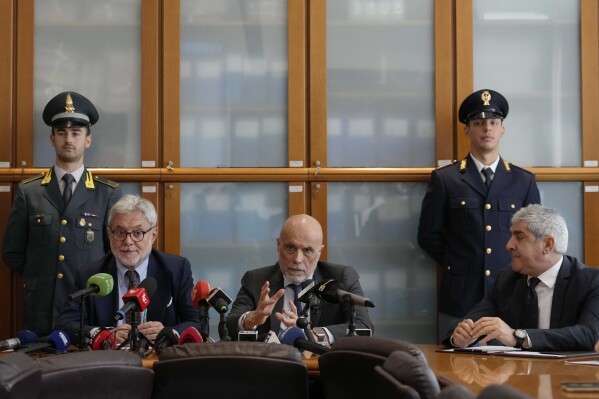Italian mafia groups are moving away from internal rivalries and increasingly cooperating in areas such as drug trafficking, prostitution, and money laundering. This trend is highlighted in the annual report of Italy’s National Anti-Mafia Directorate (DIA), published on Tuesday, May 27, and cited by Reuters.
According to the report, alliances are being formed between Sicily’s Cosa Nostra and Naples-based Camorra, both within Italy and abroad. Meanwhile, Calabria’s ‘Ndrangheta is focusing more on gaining control over major public infrastructure projects.
The report warns that mafia groups are trying to infiltrate projects funded by the EU — including those backed by the post-COVID Recovery Fund, the planned bridge connecting Sicily to the mainland, and preparations for the 2026 Winter Olympics.
In 2024, 38% of administrative anti-mafia measures were directed at the construction sector, with investigations launched at 200 construction sites. DIA Director Michele Carbone stressed that authorities are prepared to block any attempt by criminal groups to influence the Messina Strait bridge project.
The report also notes the mafia’s growing technological capabilities: organized crime groups are using encrypted communication channels, delivering messages to inmates via drones, and increasingly relying on underground Chinese banking networks for money laundering.
Another alarming trend is the recruitment of socially vulnerable youth into so-called “baby gangs,” often through displays of power on social media.
In February, a large police operation in Sicily targeted the Cosa Nostra clan, resulting in over 180 arrests. In April, coordinated raids in Italy and Germany led to dozens of arrests linked to the ‘Ndrangheta. On May 21, police conducted another major operation, detaining nearly 100 individuals suspected of ties to the Calabrian mafia.




